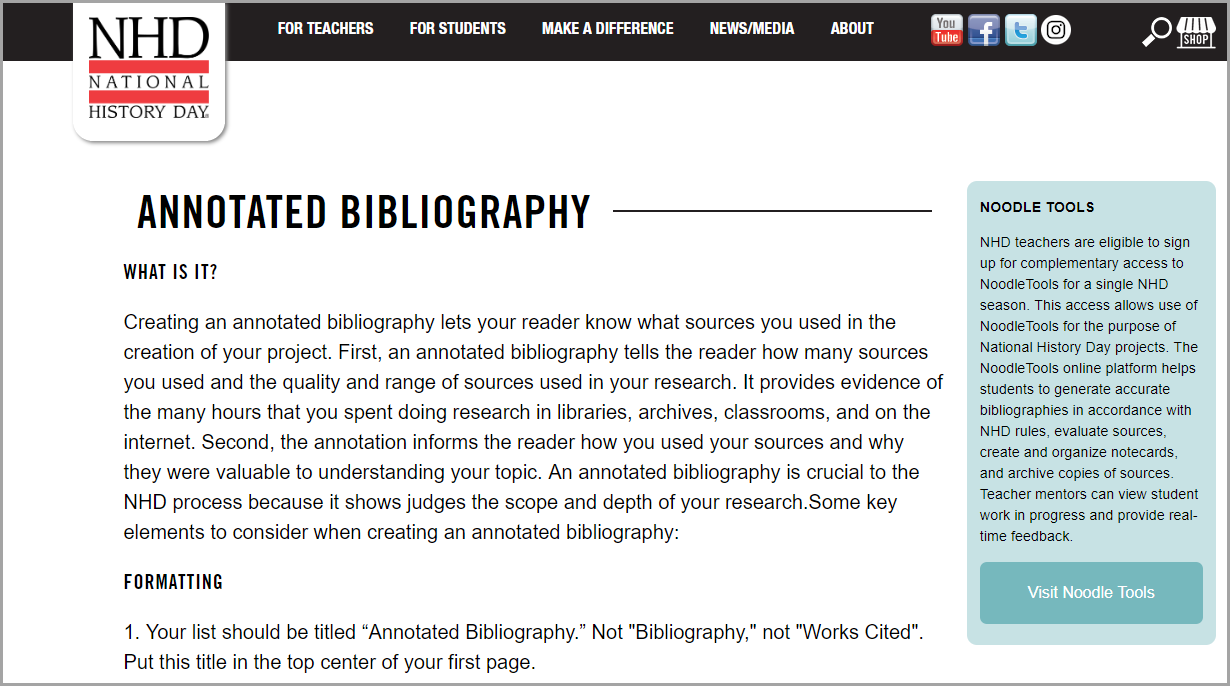


How the results of a work are displayed also plays a crucial role in the development of what were traditional footnotes in books until the internet became a major medium. The different approaches possible have to be wholly reliable, and thus citable – a necessity in a text’s academic use. If the annotated edition is provided for the purpose of higher studies or academic use, the knowledge imparted has to be “deeper” contentwise. For a hobby reader, or a foreign language reader, the basic categories of vocabulary or facts might be enough. Which categories to display in a text also depends on the target audience. Each text might have a specific set of comment categories. Higher level annotation might add a “theoretical” category that adds conceptual framework from philosphy or theology implied by the literary text or points to special ways to read the text from literary criticism. In longer works it is useful to introduce an intratextual comment type that refers to the repeated use of motives or vocabulary within the same text. Adding to the text are the contextual categories which often connect the literary text with its times or maybe other texts (intertextual). the metre of a poem or the narratorial situation of a prose text. Comments on a text’s structure and style take note of e.g. This “Factual” category encompasses crossreferencing data from history, geography, science etc. In addition to the basic vocabulary category, another fundamental kind of comment is the fact check. But it also can include etymological information on, or the historic use of the annotated word, which is especially helpful with older texts. The most basic kind of annotation is a simple dictionary check to help readers with English as a second language. What kind of information is given? To whom it is given? And how can it be displayed to the greatest benefit? To exemplarily tackle these problems, we began by a “building” categories (the one referred to in the last paragraph) for different kinds of information and/or knowledge. Annotations, as any kind of text, bring a set of questions concerning their usage which are useful to think about in this context. It is part of the “Annotating Literature” project to develop the practice of commenting on a text. Depending on the text, some categories will be more important, some less, and some will not be used at all.” The conscious application of these categories just starts to describe our understanding of annotation and the (meta-)reflection on annotation in practice and theory. There are different categories of annotations like vocabulary, historical context, etc. Thus our project’s guidelines incorporate a similar, yet expanded definition in the very first paragraph: “Annotations are little notes that provide useful information to enhance the understanding of a text. The definition of the OED (see right) seems straightforward enough. (usually pl.) A note added to anything written, by way of explanation or comment. The action of annotating or making notes.ģ. a.


 0 kommentar(er)
0 kommentar(er)
